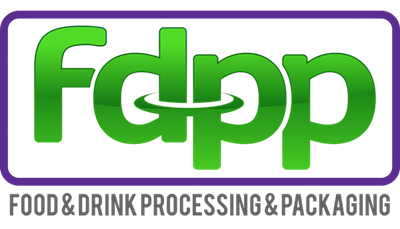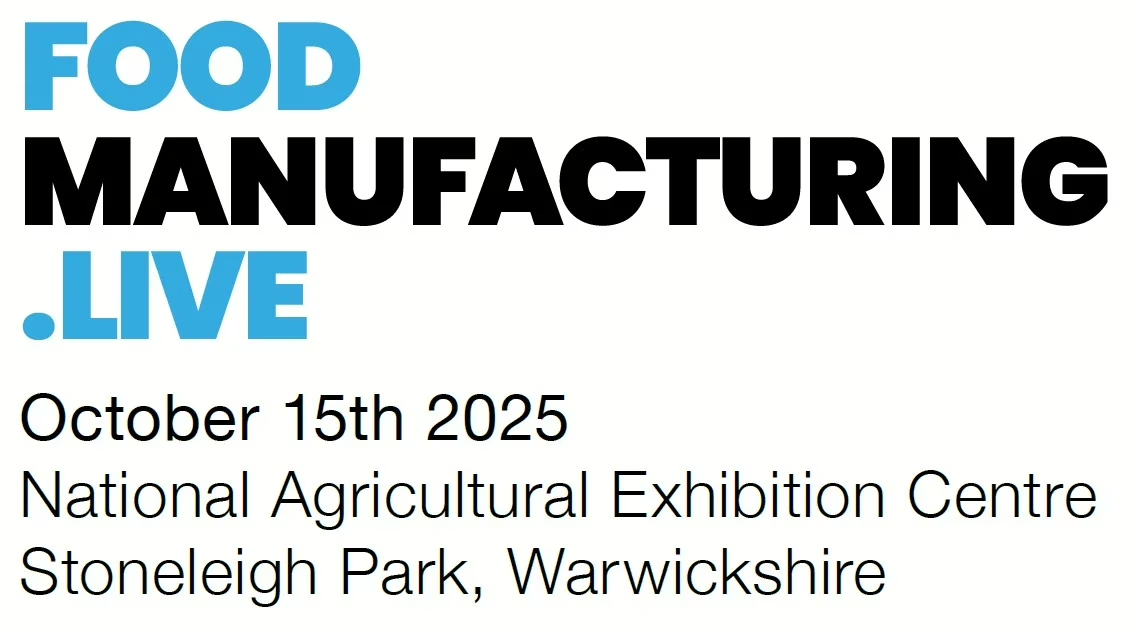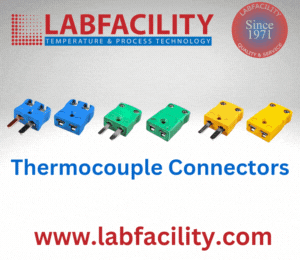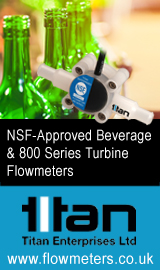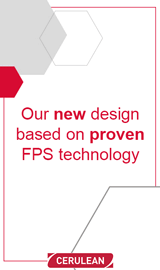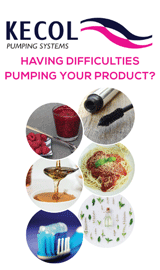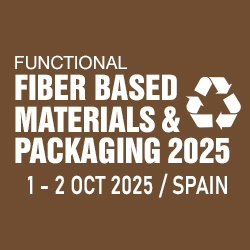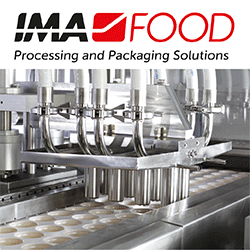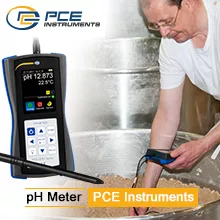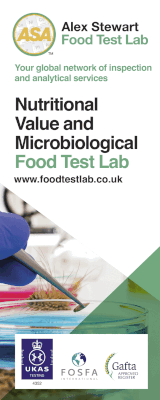Imaging Solutions: Driving Agri-Food Tech Towards Sustainability
Today’s global food production system faces significant challenges that must be addressed to sustain our planet’s growing population. It is estimated that food production needs to increase by up to 70% to meet the rising demand. Sustainable farming practices are also more critical than ever, as agriculture contributes to approximately 24% of global greenhouse gas emissions and plays a significant role in water usage and habitat loss.
These environmental implications conflict with the European Union’s sustainability goals for a climate-neutral continent by 2050. Climate change exacerbates the challenges in the agri-food sector, increasing crops’ vulnerability to pests, diseases, and extreme weather events. Additionally, around one-third of all food produced for human consumption is lost or wasted, necessitating innovative approaches to balance increased food production sustainably.
Photonics at the Heart of the Solution
Photonics and imaging technology are vital in overcoming these challenges by transforming the agri-food tech sector. Photonics-based instruments emit light that interacts with materials according to their composition and structure. The light may be absorbed, reflected, transmitted, or cause fluorescence. Advanced sensors capture these interactions, yielding detailed information about the target’s chemical, physical, and biological characteristics.
The primary benefits of photonic solutions include their non-contact, quick, and primarily non-destructive testing nature. This non-invasive approach facilitates real-time monitoring and inspection of agricultural products, enabling the detection of diseases, nutritional content, moisture levels, and other critical parameters without compromising sample integrity.
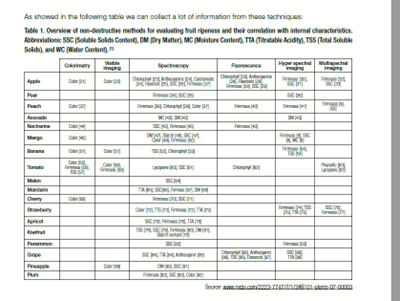
By leveraging light-matter interactions, photonic technologies support precise, efficient, and sustainable management practices in the agri-food sector, promoting higher yields, reduced waste, and enhanced food safety.
Key Non-Destructive Techniques in Agri-Food Tech
- Colorimetry & Visible Imaging:
Colorimetry and visible imaging provide non-destructive means of assessing food quality and characteristics by measuring the intensity of light reflected from an object in the visible spectrum (400-700 nm). Advances in sensor technology have allowed a shift from human evaluation to precise measurements in the CIELAB color space, offering consistent results. RGB sensors that measure colors in a 2-D area have made colorimetry more straightforward and cost-effective. In applications like fruit and vegetable sorting, these techniques enable automated classification based on ripeness and defects. For instance, colorimetry helps identify the optimal harvest time in apple orchards, enhancing quality while reducing waste through accurate maturity assessment.
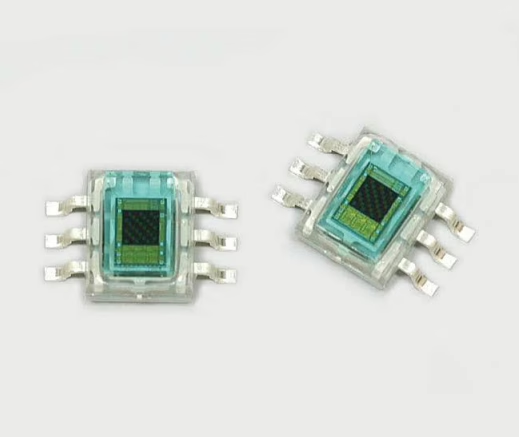
Image: s9706 caption: RGB sensors boost colorimetry and visible imaging by offering a simple, cost-effective set-up
- Visible & Near-Infrared (VNIR) Spectroscopy:
VNIR spectroscopy offers deeper analytical capabilities by assessing the near-infrared range (400-2500 nm) and how materials interact with light. This technique exploits molecular vibrations and overtones, which absorb NIR light, allowing comprehensive insights into the chemical composition of agricultural products. This method enhances the rapid detection of parameters such as moisture content, sugar levels, nitrogen levels, and overall quality used in real-time monitoring for crop optimization and quality control.
In food quality assessment, VNIR spectroscopy is used to quantify the sweetness of fruits by measuring sugar content directly through their skin, allowing for sorting into quality grading without damaging the produce.
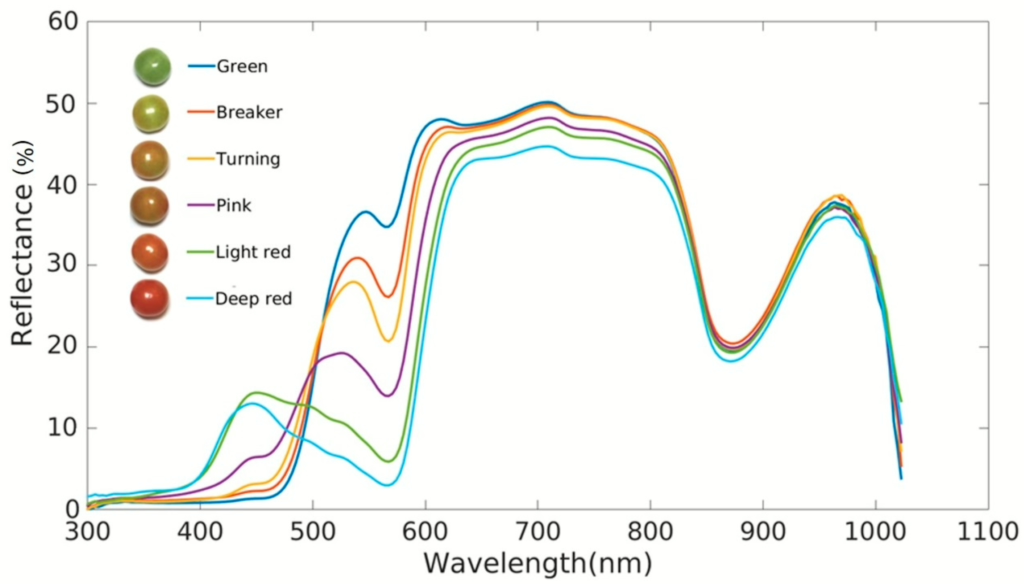
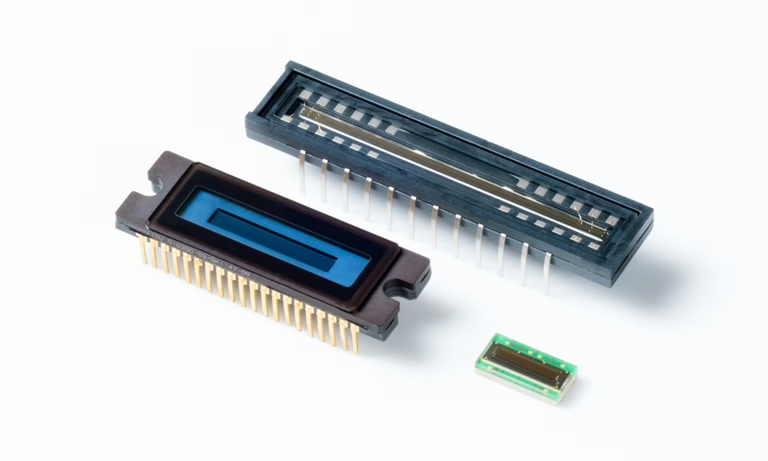
1- range of CCD image sensors
- Fluorescence Imaging:
Fluorescence imaging is a powerful technique used to identify specific biological compounds and pathogens in agricultural products. By illuminating samples with specific wavelengths, substances that fluoresce can be detected, providing insights into the health and quality of crops. This method is valuable for monitoring stress in plants and assessing the presence of contaminants or toxins.
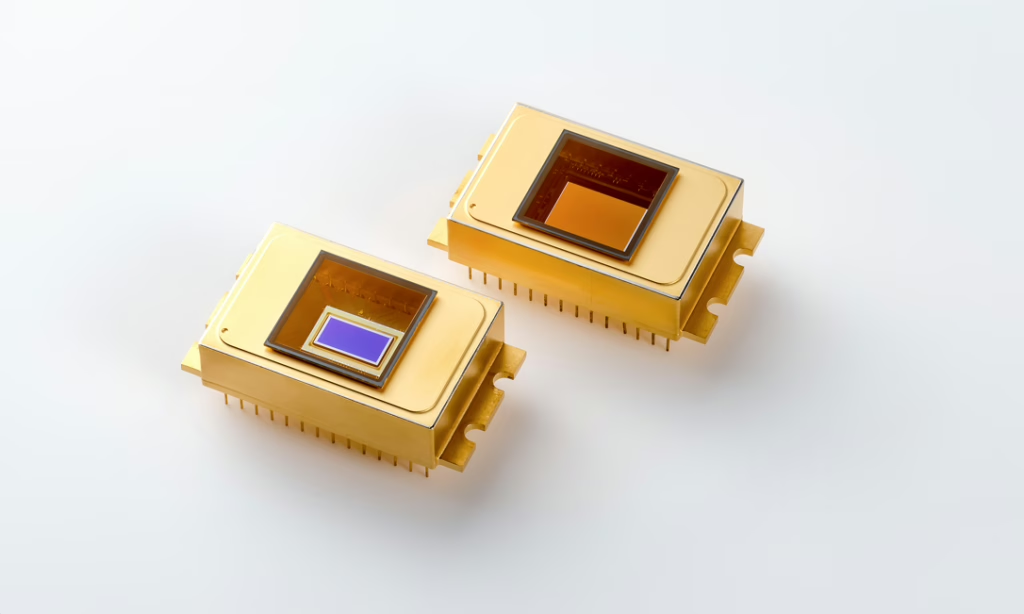
Image: Hamamatsu’s InGaAs area sensors caption: Accurate and highly sensitive sensors at different wavelengths such as these are used for fluorescence imaging
- Hyperspectral Imaging:
With modern sensors, it is now possible to combine the aforementioned techniques and collect a complete continuous spectrum for each pixel. Hyperspectral imaging captures this spectral data of light, providing comprehensive chemical and physical assessments and improving quality control processes. Hyperspectral imaging is particularly useful in detecting diseases, assessing ripeness, and identifying contaminants with high precision.

Multispectral imaging’s balance between spectral detail and operational simplicity makes it an invaluable tool in agri-food technology. Its focused, rapid analysis capabilities facilitate sustainable farming practices and enhance food quality.
Imaging tools are critical for a sustainable agri-food tech sector
As global demand for food intensifies, precision photonic-based techniques and imaging tools are essential for advancing sustainability in the agri-food sector. By enabling real-time monitoring and non-destructive testing, these technologies support efficient management and contribute to meeting the growing food demand without compromising environmental goals. Adopting such imaging solutions can drive the agri-food industry toward a more sustainable future, ensuring food quality and safety while paving the way for future advancements.
